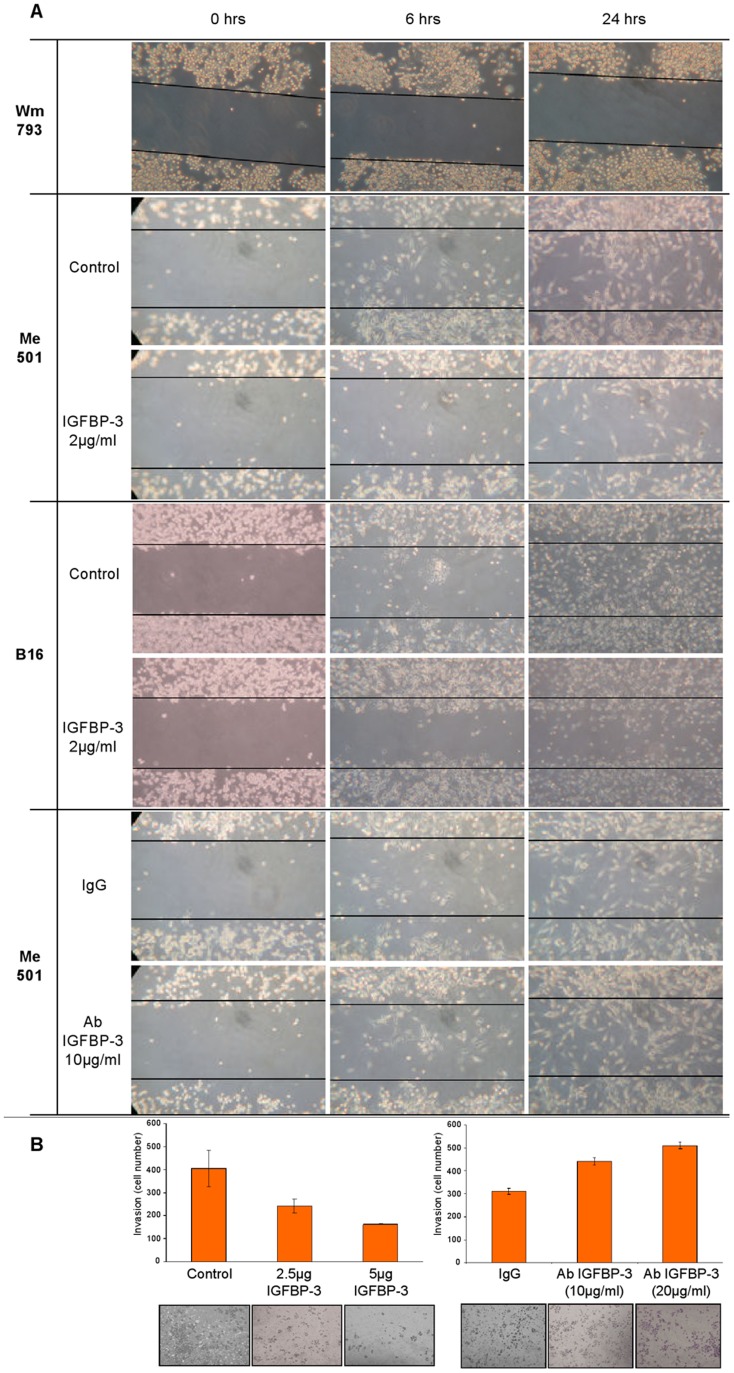Figure 4. IGFBP-3 reduces motile and invasive behavior of melanoma cells.
(A) First row: a representative migration pattern of human primary melanoma cells (WM793), either IGFBP-3-treated or untreated. Second and third row: migration pattern of human metastatic melanoma cells (Me501) untreated or treated with 2 µg/mL IGFBP-3. Fourth and fifth row: murine metastatic melanoma cells (B16), untreated or treated with 2 µg/mL IGFBP-3. Last two rows: Me501 cells treated with unspecific IgG or with 10 µg/mL of anti-IGFBP-3 antibody. Scratch-test assays were performed as described in the Methods and the images were captured at 0, 6, 24 h after incubation. All the experiments shown were repeated three or more times. (B) Left panel: invasiveness pattern of Me501 cells, untreated or treated for 48 h with the indicated doses of IGFBP-3. Right panel: invasiveness pattern of Me501 cells untreated or treated for 48 h with the indicated doses of anti-IGFBP-3 antibodies. Trans-well migration/invasion assays were performed as described in the Methods. Invasiveness assays were repeated three or more times.

